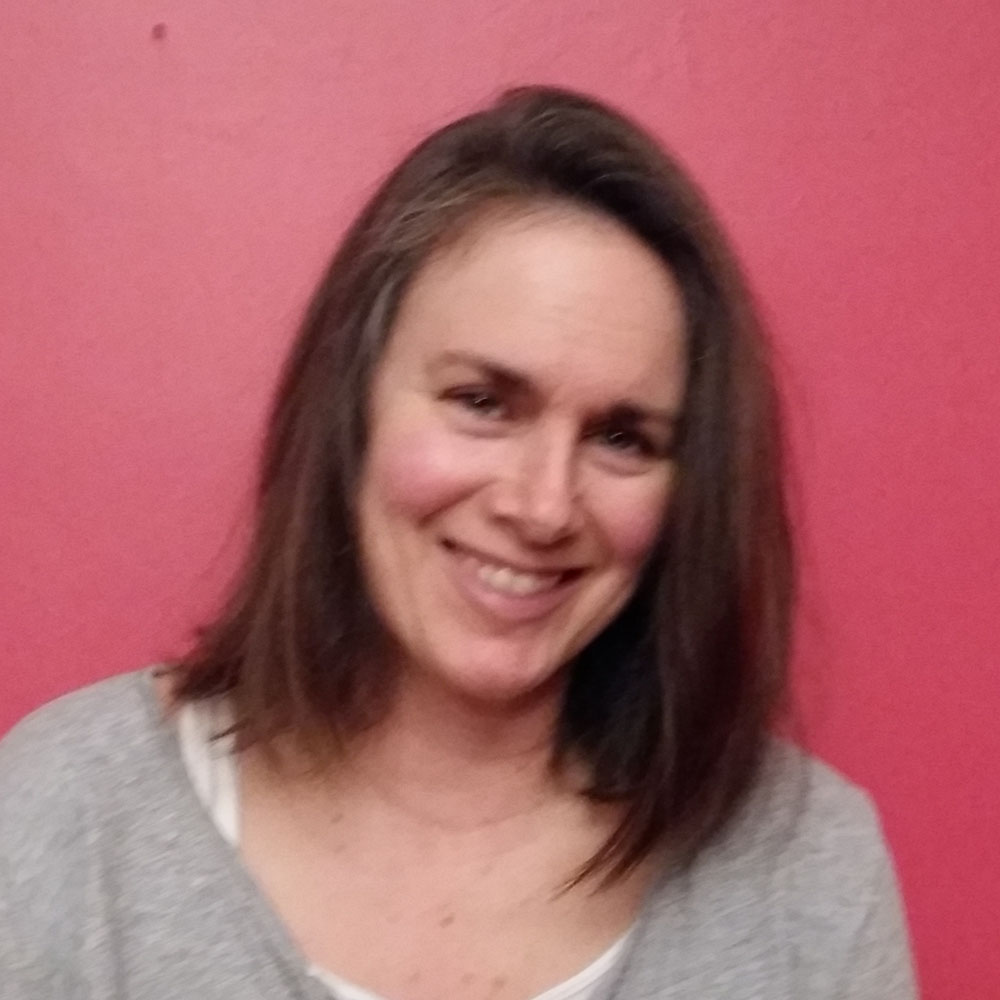It takes a village – and maybe a few smartphones. A new initiative in Kenya aims to get more mothers and babies the help they need by co-ordinating their care and transport using mobile technology.
In parts of rural Kenya, one out of every 133 pregnant women dies as a direct result of carrying a child. (In Canada, that number is one in 12,500.) Sometimes it’s because a family waits too long before they seek help. Other times, bad roads, bad weather or problems finding a vehicle can hamper getting to medical assistance. And even if a woman reaches a clinic, it may not have the drugs or expertise that she needs.
Dr. Astrid Christoffersen-Deb, a U of T obstetrician and gynecologist, is now testing whether a new strategy, dubbed the “mother-baby health network,” can help turn the tide. She and her colleagues at Moi University in western Kenya have trained 389 community health workers on how to use smartphones to view educational videos, triage women in labour, access and update electronic health records, and alert a network of supporters.
When a woman believes she is going into labour, her local health worker will act as first responder. The health worker will go to the woman’s home and use a triage tool on the smartphone that prompts the worker with a series of questions to help assess whether the mother is in labour or having any complications. This assessment will be uploaded to the mother’s electronic medical record and a recommendation will be made, given the circumstances, about where she should deliver. If a facility is recommended, it will be notified.
The plan also includes a fleet of “certified mother-baby taxis.” In return for investing in a GPS-enabled phone and being trained to offer mother-friendly services, certain private cab drivers will be added to an emergency contact list. The woman’s chosen support team – family, friends and community elders – will also be notified so that they can be around to help look after the other children or assist in raising money to cover the cost of the birth (including transportation if necessary).
One goal of the program is to get more mothers into medical facilities to give birth; currently, only 30 per cent of women give birth in such places. Another goal is to ensure that a health worker visits within 48 hours of birth. The phones will remind health workers to do this.
“The phone is the easy part,” says Christoffersen-Deb. “But the main focus is not really the cellphone but peer support.”
Recent Posts
U of T’s 197th Birthday Quiz
Test your knowledge of all things U of T in honour of the university’s 197th anniversary on March 15!
Are Cold Plunges Good for You?
Research suggests they are, in three ways
Work Has Changed. So Have the Qualities of Good Leadership
Rapid shifts in everything from technology to employee expectations are pressuring leaders to constantly adapt





